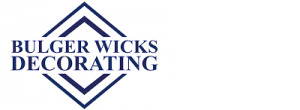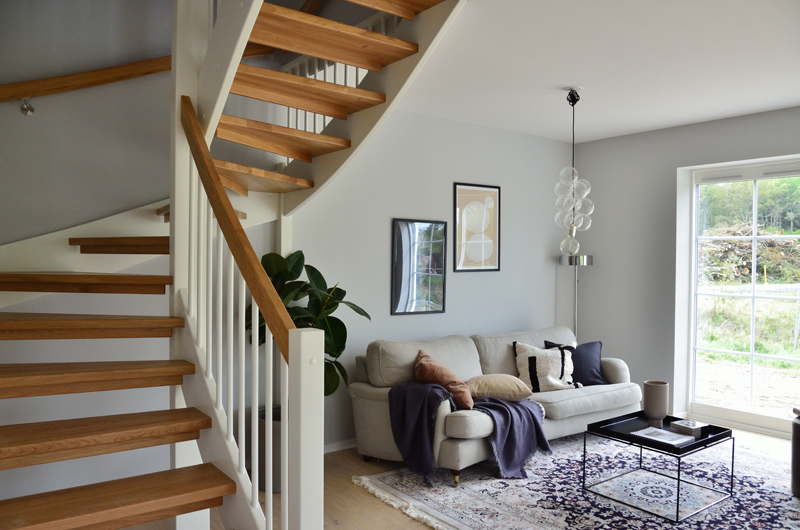Now is the time to start thinking about decorating your home. The weather is becoming…
Choosing paint finishes
Paint finishes, from matt to gloss, have different characteristics – understanding them can be useful and may affect your choice.
Paint is made of:
- PIGMENT to provide color, cover the underlying surface, and give ultra-violet protection
- BINDER to hold the pigment together after drying, provide adhesion, and carry the pigment. Different binders will affect the durability of end product.
- THINNER to help control consistency and drying.
- ADDITIVES are used to help in application and drying, dispersion of pigment. They also determine how the paint film is formed.
The glossiness of a paint depends on whether light is dispersed after hitting the surface, known as its specular reflection. The gloss level also affects the apparent colour – generally, the higher the sheen, the darker and more intense the color will be.
Glossiness depends on the ratio of pigment to binder. In the painting industry, this ratio is called the pigment volume concentration (PVC). Lower pigment concentrations allow more white light to be reflected by the binder material, giving it a shiny or wet appearance.
Paint manufacturers have five more or less standard ranks of surface luster:
• Flat: The most pigment rich of all paints, with a PVC of at least 40 percent or higher.
• Eggshell: A step down in pigment concentration from flat paint, with a PVC of 35 to 40 percent
• Satin: These paints have a PVC of approximately 30 to 35 percent.
• Semi-gloss: Semi-gloss paints are a little less than half as concentrated as flat paints, with a PVC of 25 percent.
• Gloss: The glossy paints have a PVC of roughly 15 percent.
Flatter paints are slightly less durable than glossier paints because they have less of the binder material to form a tough bond with the painted surface. Flatter paints tend to be used for interior surfaces, while glossier paints are often reserved for exteriors.
Good quality pigments are more expensive, so ‘extender’ pigments are included in paint. These are usually soft, which reduces the scrubability, durability or weather resistance of a product. High quality paints usually contain less extenders and more expensive pigments.
The choice of finish is
- Matt Finish – usually used on interior walls. It makes small bumps or imperfections slightly less noticeable than if shiny . Some matt paints are washable, within reason, but scratches or marks may need to be touched up. It is ideal for older houses.
- Flat Enamel has a durable flat finish. It holds up to occasional cleaning. It is excellent for low traffic areas but the solvent content makes it unsuitable for walls and ceilings.
- Eggshell Finish has a slight hint of shine or gloss. It’s good for walls and holds up to cleaning well. It is suitable as an interior wall paint in the water based variety.
- Satin Finish is most often used for windows, doors, trim, or ceilings, but it can be used as wall paint. Satin finish is formulated to hold up to cleaning and light scrubbing.
- Semi-Gloss is most often used on doors, trim, and cabinets in kitchens and bathrooms. It is easily cleaned and lays down a nice, subtle shine, without being too glitzy.
- Gloss is becoming more popular for a dramatic look on cabinets, trim, and furniture in both formal and very contemporary settings. The finish does magnify surface imperfections.
For your decorating – whatever the finish -call us now on 020 8994 4455.
With best wishes for the new year
Marlon Bulger
Production Director
Bulger Wicks






